Patient satisfaction and ease of use of a novel method for electronic administration of validated quality of life questionnaires
Keywords:
Electronic health records, Quality of life, Questionnaire, Patient satisfaction, Urogynecology, ElderlyAbstract
Background: Evaluation of the quality of life using validated measures is an essential part of urogynecology examination and follow-up. Questionnaires administered in paper form generate paper waste or high demands for storage. Score calculation for some questionnaires may be demanding and time-consuming. The electronic format of completing questionnaires simplifies data collection and processing, but may be challenging for older patients. We developed a Medical Electronic Survey System (MESS), which facilitates completion of questionnaires on a tablet PC with an emphasis on data protection and user-friendliness for the elderly. Objective: To compare patient satisfaction and ease of use between Google Forms and MESS. Methods: This was a prospective cohort study comparing the answers to a satisfaction questionnaire completed using Google Forms (193 questionnaires between 2013–2015) and MESS (329 questionnaires between 2019–2020), along with other clinically used validated questionnaires. The answers to the questionnaire were compared using a Fisher’s Exact Test or a Wilcoxon Two Sample test, with a significance level of P < 0.05. Results: The electronic form of questionnaire completion suited more women in case of MESS (84.5 vs. 65.6%; P < 0.05). Completing questionnaires electronically was rated as easy or very easy by 89.1% of patients using MESS compared to 68.7% using Google Forms; P < 0.05. The electronic form of filling-in the questionnaires was very difficult or impossible especially for women using Google Forms (31 vs. 11%; P < 0.05). The major difference in questionnaire completion without any help was observed in the age group 60–69 years. No differences were observed in women under 60 years of age. All clinicians observed significant facilitation of their work. Conclusion: MESS has made the method of electronic questionnaire completion available even to elderly patients with pelvic floor disorders. It was positively accepted even by patients who are not familiar with any electronic devices.


